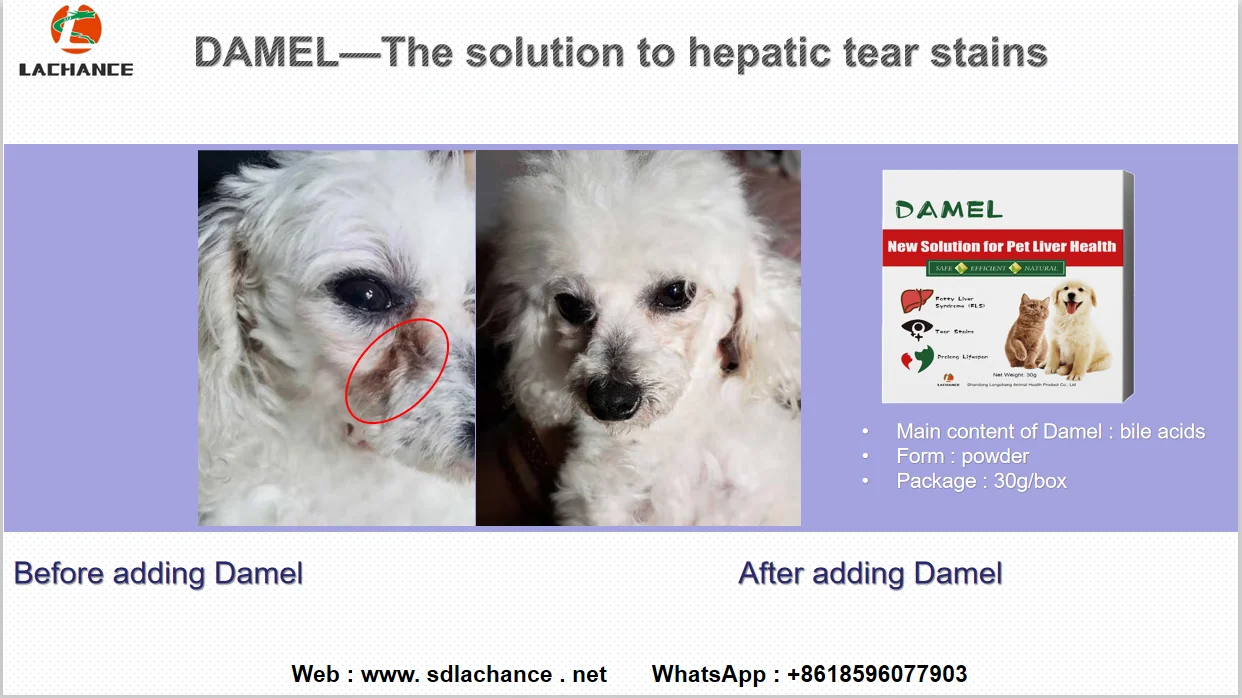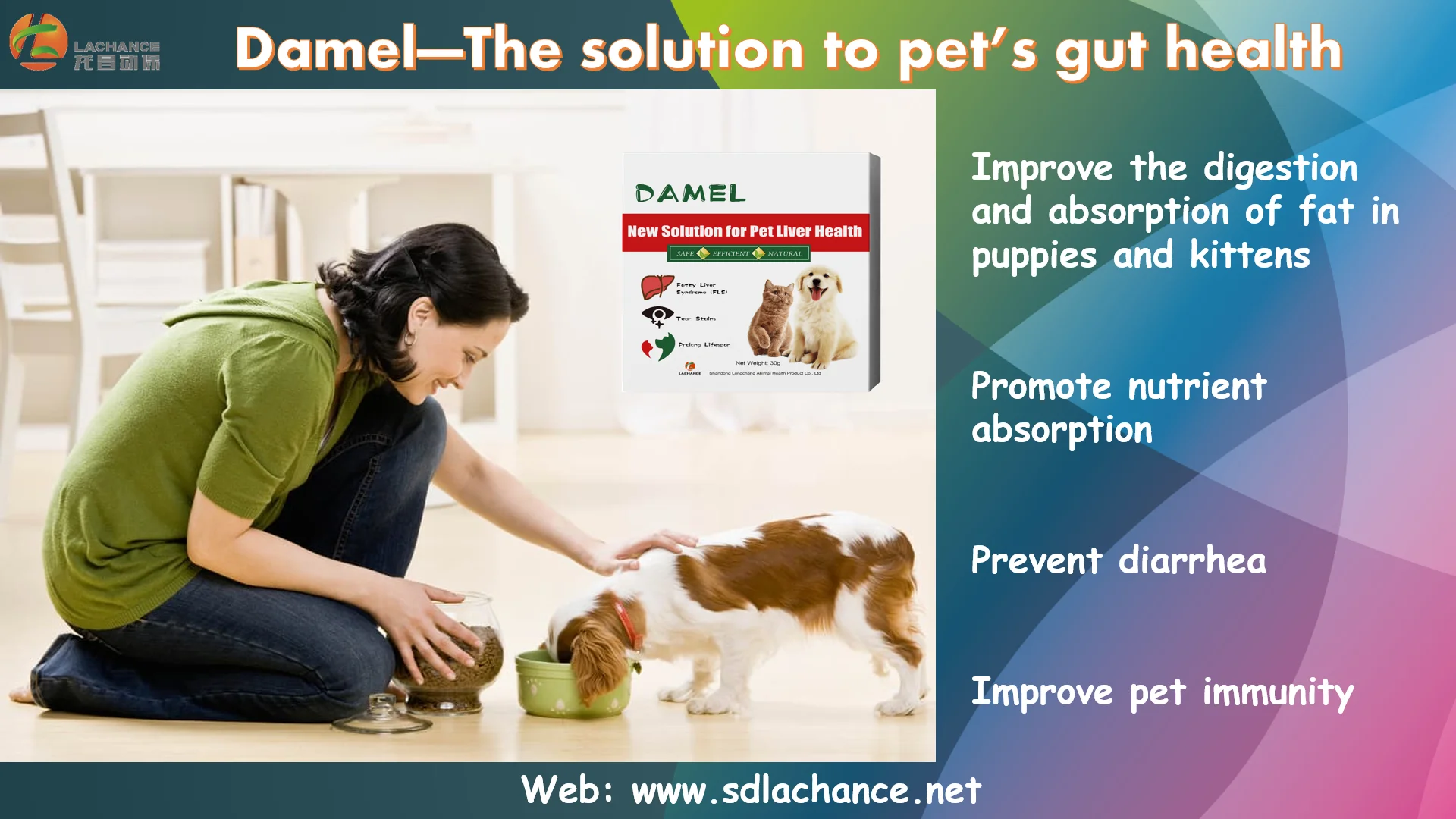Understanding "What is PET": A Comprehensive Guide to Polyethylene Terephthalate
Guide or Summary:Introduction to PETWhat is PET?Properties of PETApplications of PETRecycling and Environmental Impact---Introduction to PETPolyethylene Ter……
Guide or Summary:
- Introduction to PET
- What is PET?
- Properties of PET
- Applications of PET
- Recycling and Environmental Impact
---
Introduction to PET
Polyethylene Terephthalate, commonly known as PET, is a widely used thermoplastic polymer resin of the polyester family. It is known for its strength, thermo-stability, and transparency, making it an ideal material for various applications. But what is PET, and why is it so significant in today’s world? This article aims to delve into the properties, applications, and environmental implications of PET, providing a thorough understanding of this versatile material.

What is PET?
As mentioned, PET stands for Polyethylene Terephthalate. It is produced through a chemical reaction between ethylene glycol and terephthalic acid. This polymer is notable for its durability and resistance to impact, making it a favorite in the packaging industry, especially for food and beverage containers. PET is also recyclable, which adds to its appeal in an era where sustainability is increasingly prioritized.
Properties of PET
PET exhibits several key properties that contribute to its widespread use. Firstly, it has excellent tensile strength and dimensional stability, allowing it to maintain its shape under various conditions. Its resistance to moisture and chemicals makes it suitable for packaging applications where product integrity is crucial. Additionally, PET has a high clarity level, which is essential for consumer products that require visual appeal.
Applications of PET
The applications of PET are vast and varied. One of the most common uses is in the production of plastic bottles, particularly for soft drinks and water. Its lightweight nature and shatter-resistant qualities make it an ideal choice for beverage packaging. Beyond bottles, PET is used in the manufacturing of fibers for clothing, carpets, and other textiles. It is also found in food containers, medical devices, and even automotive parts, showcasing its versatility across different industries.

Recycling and Environmental Impact
One of the most significant advantages of PET is its recyclability. PET can be recycled multiple times without losing its quality, making it a sustainable choice compared to many other plastics. The recycling process involves collecting, cleaning, and processing used PET products into new materials, which can then be used to create new bottles, fibers, and other products. However, while PET is recyclable, it is essential for consumers to participate in proper recycling practices to minimize environmental impact.
Despite its recyclability, PET has faced criticism due to the environmental issues associated with plastic waste. The accumulation of plastic in landfills and oceans poses a significant threat to wildlife and ecosystems. Therefore, while PET offers many benefits, it is crucial to balance its use with responsible disposal and recycling practices.
In summary, understanding "What is PET" is crucial for anyone interested in the world of materials and sustainability. PET is a versatile polymer that plays a significant role in various industries, from packaging to textiles. Its properties, applications, and recycling potential make it a valuable resource in modern manufacturing. However, it is equally important to address the environmental challenges associated with plastic use. By promoting recycling and responsible consumption, we can harness the benefits of PET while minimizing its ecological footprint.
